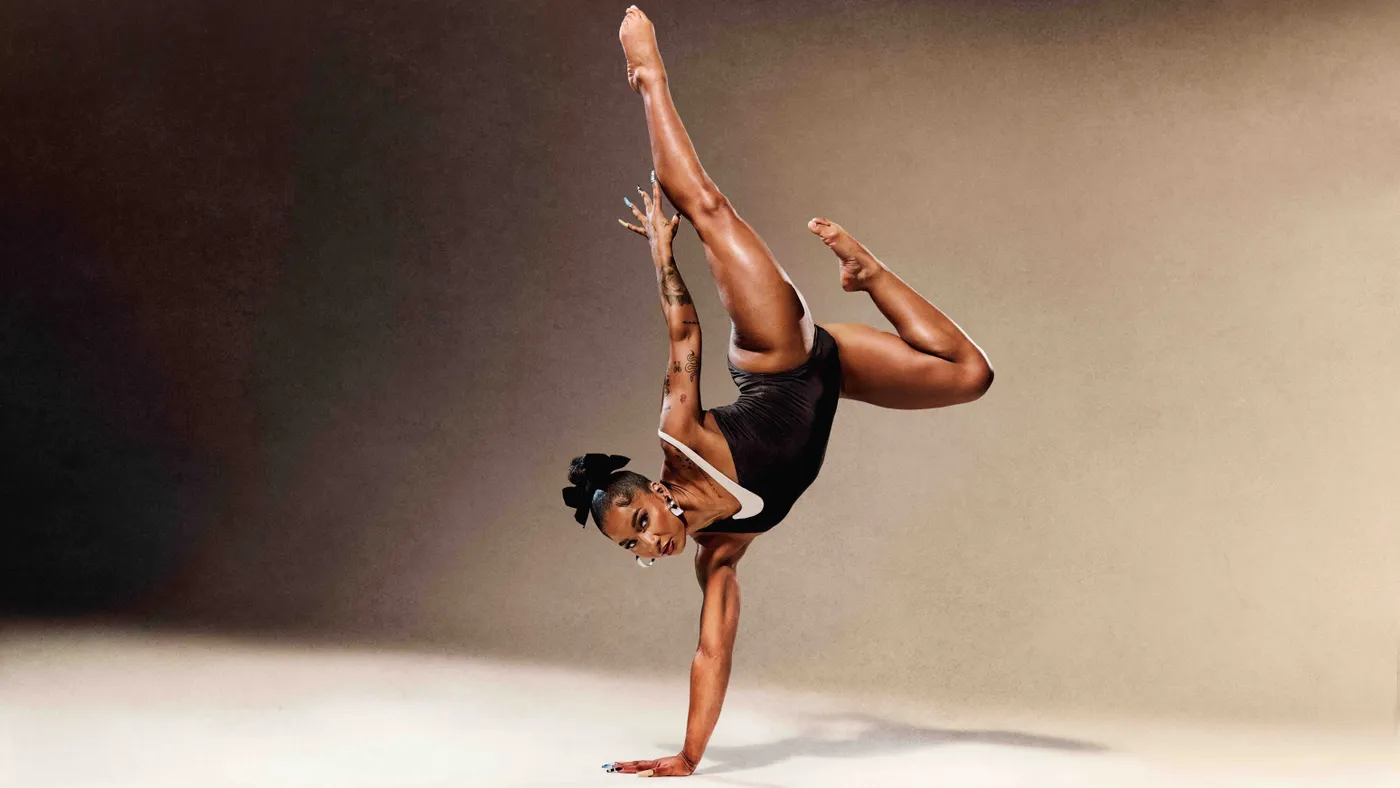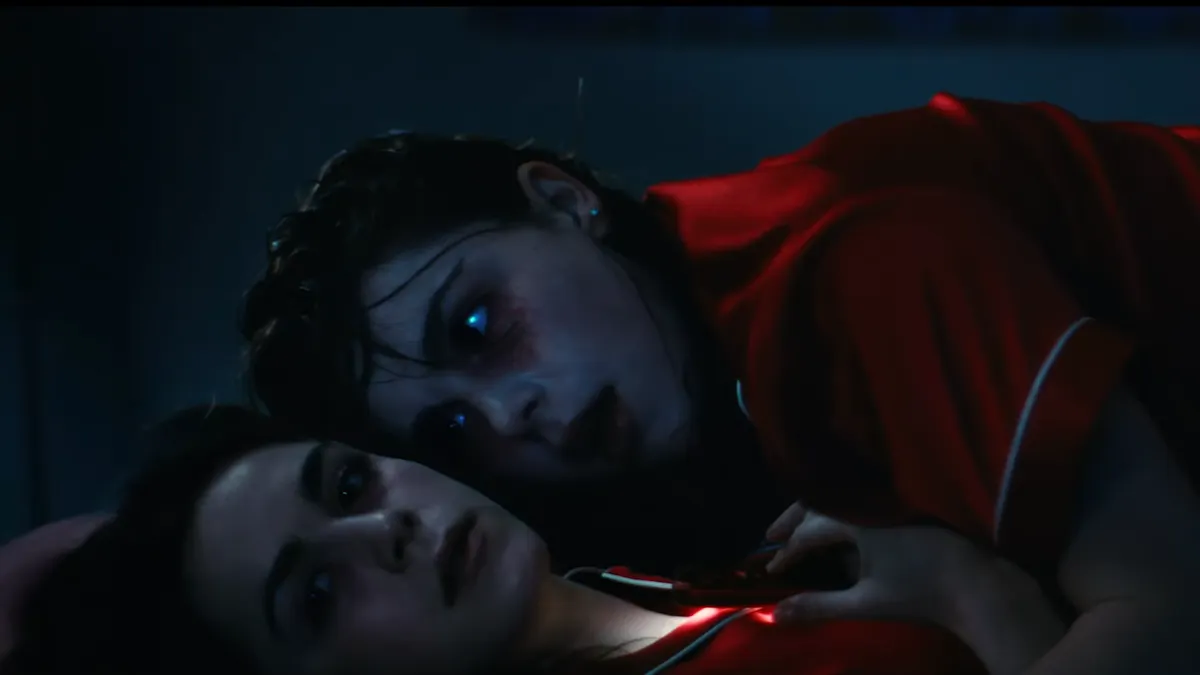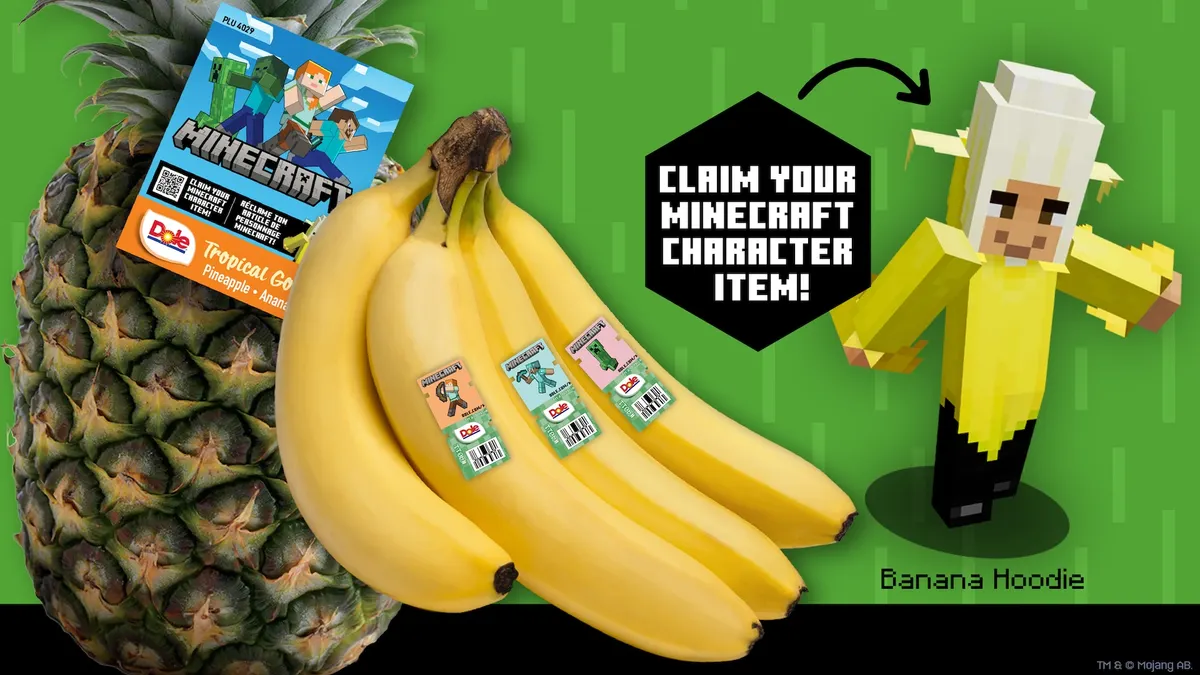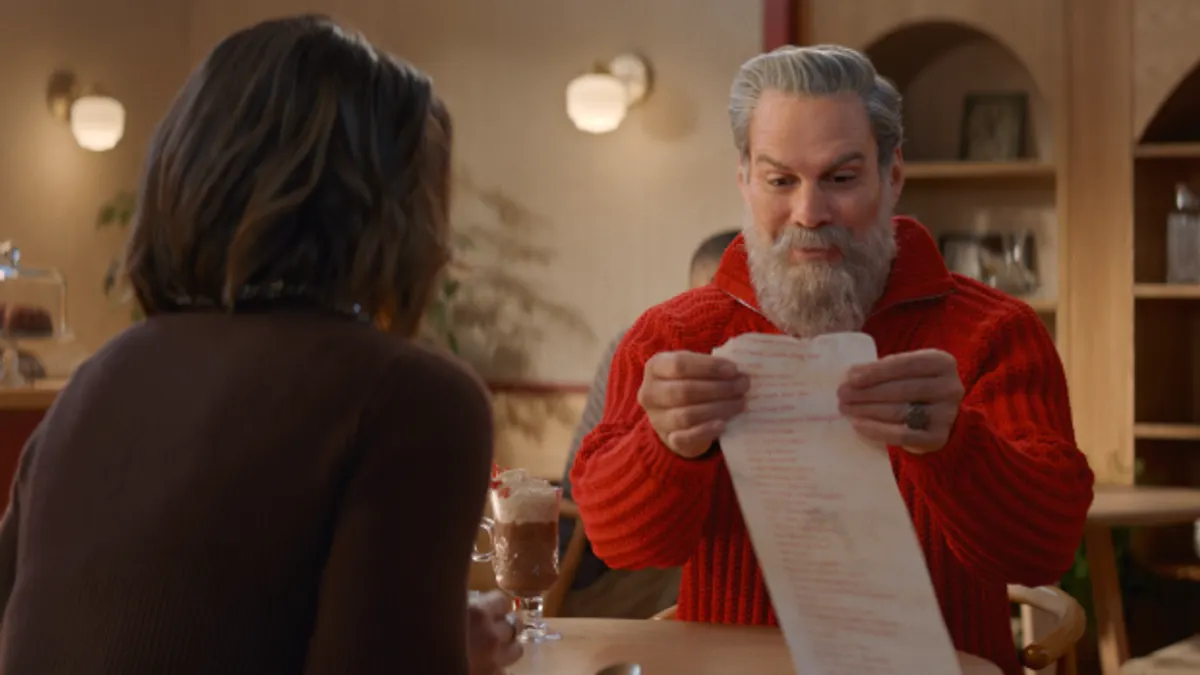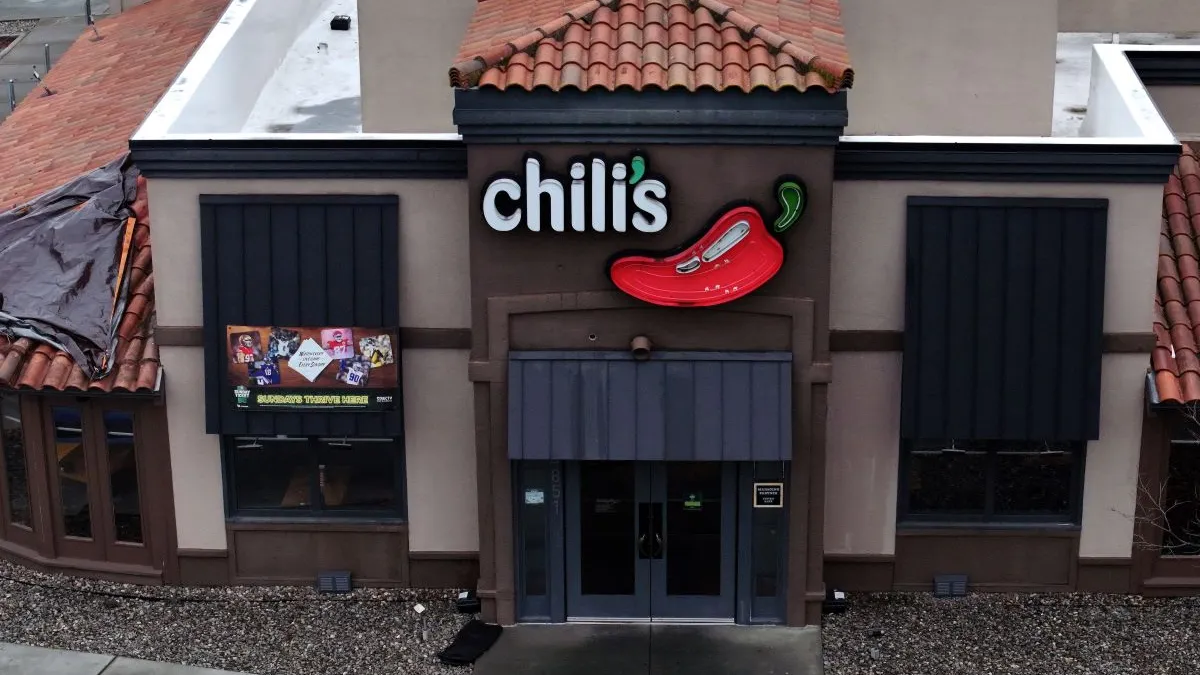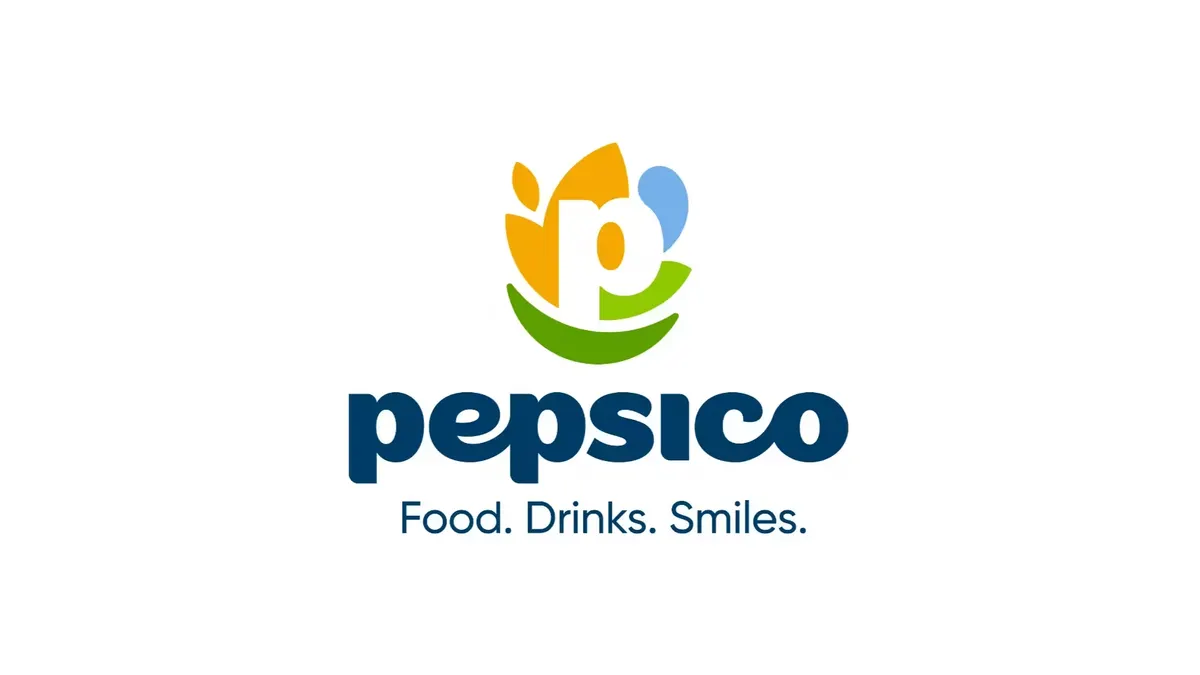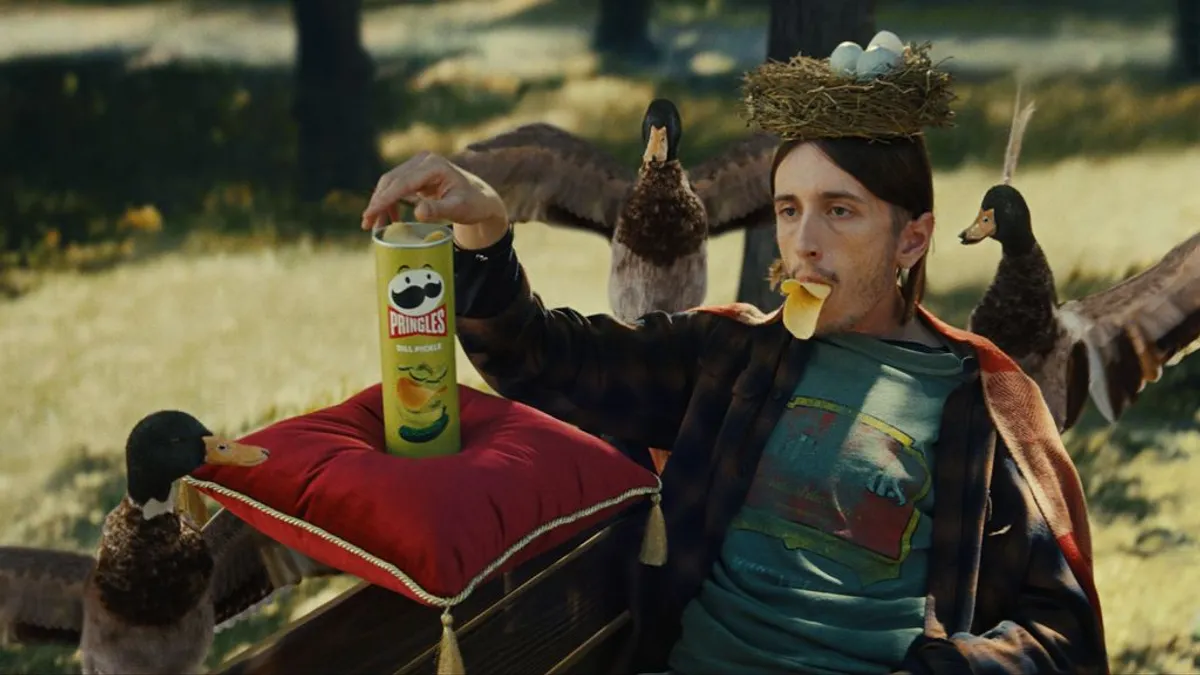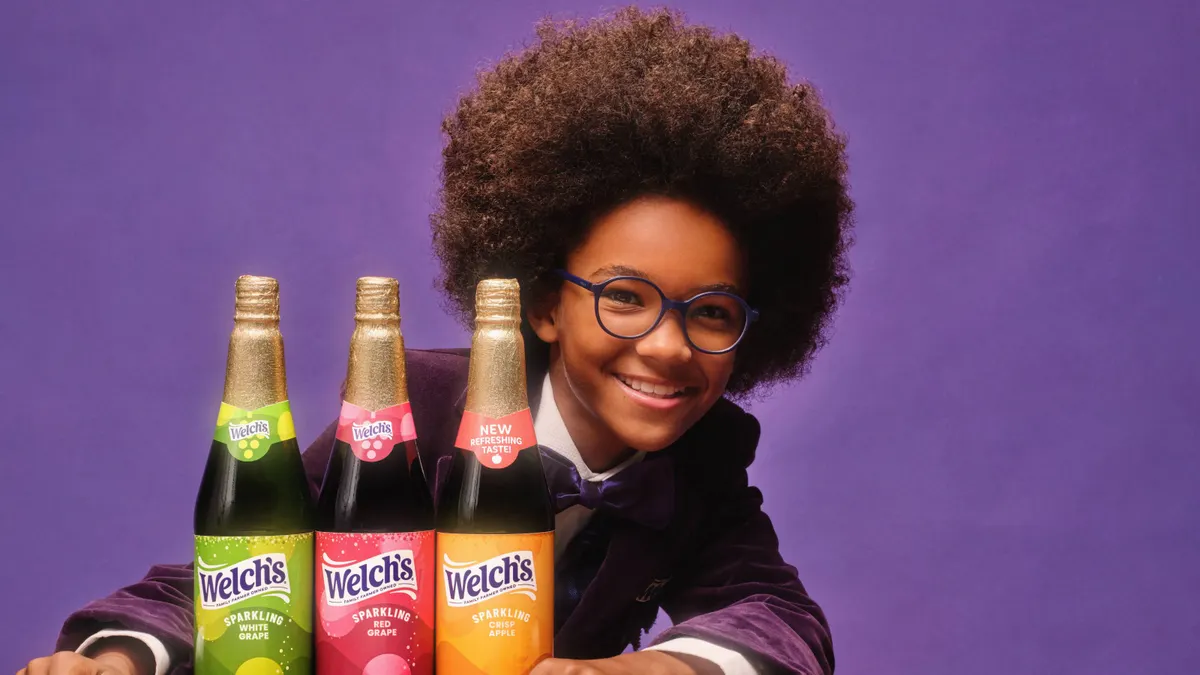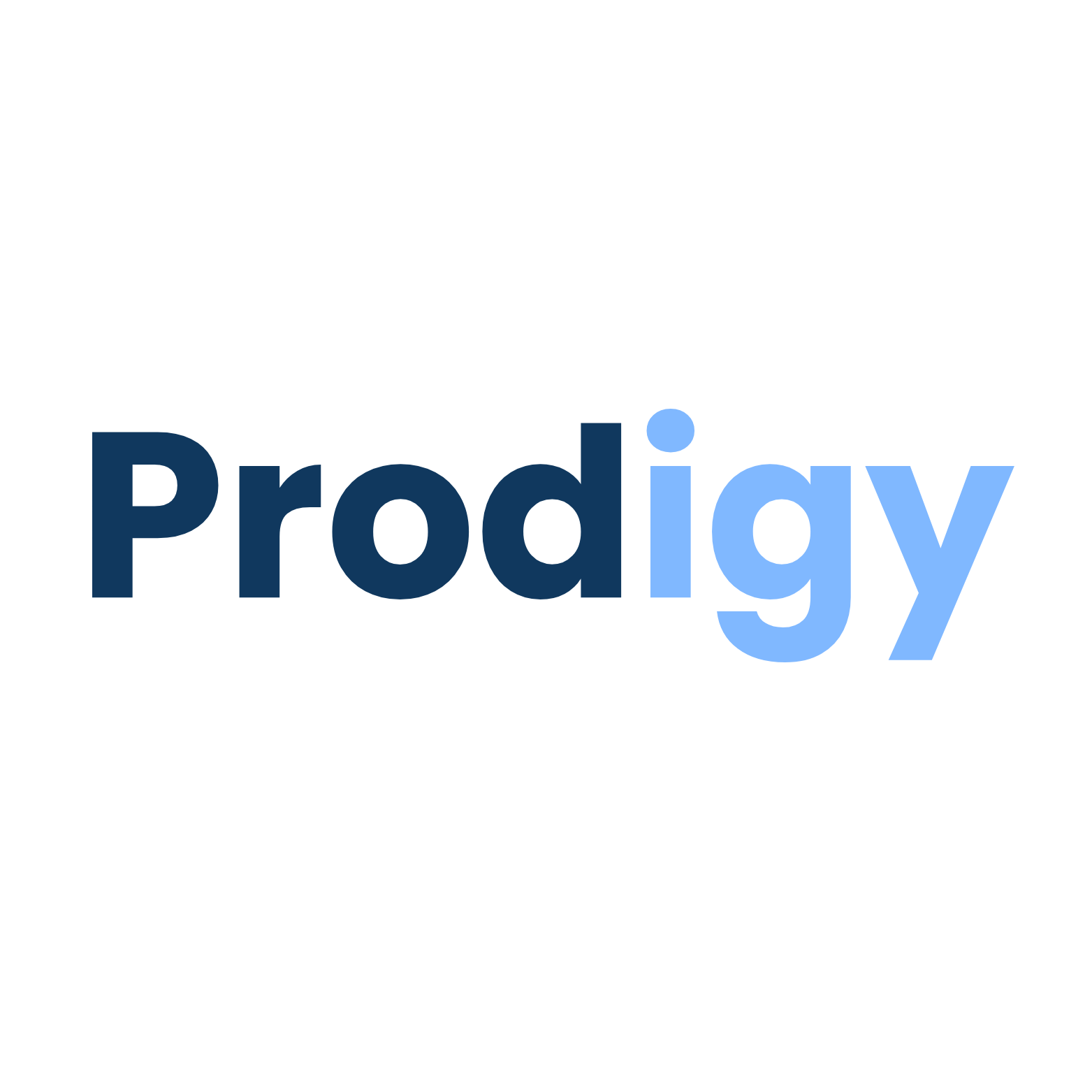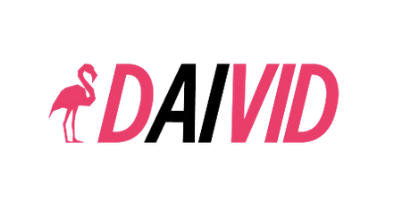Marketing Dive analyzes key details of the big game each year. For more coverage, check out every commercial that ran during the game with our Super Bowl ad tracker, or read up on the advertisement and engagement data surrounding football’s flashiest showcase.
While the on-field play at Super Bowl LIX wasn’t particularly dynamic, with the Philadelphia Eagles steamrolling the Kansas City Chiefs to a 40-22 victory, advertisers deployed a range of tactics to reach a rapt viewing audience Sunday. Some of those approaches felt well-past their expiration date.
At the top level, more evidence points to the fact that brands may need to switch things up to keep fans from tuning out in the future. Ad effectiveness was the lowest recorded in five years, according to creative assessment platform Daivid. Seven of the top 10 spots ranked by the firm had a purpose bent or tackled serious topics in a night that largely skewed toward absurdity and humor.
“With the vast majority of Super Bowl advertisers trying to make us laugh this year, it’s interesting that brands that stepped away from the usual Super Bowl celebrity/humor trope have attracted the most positivity,” said Ian Forrester, founder and CEO of Daivid, in a statement. “It shows just how hard it is to cut-through when so many are trying the same approach.”
Campaigns featuring a parade of celebrities blanketed the broadcast, as usual, with some famous faces surfacing multiple times (hello again, Matthew McConaughey). There were a fair share of ads hawking the latest in generative artificial intelligence (AI), speaking to the technology of the moment, while the presence of GLP-1 weight-loss drugs similarly leaned into a headline-grabbing trend.
But Super Bowl LIX also welcomed a robust slate of commercials centered on purpose-driven marketing, a tactic that has seen its big game relevance wane amid a crackdown on diversity, equity and inclusion initiatives. Inclusivity was one of the most successful strategies this year, as a raft of ads targeted at women and girls scored high marks, aligning with a diversifying audience for the NFL.
Several efforts attempted to address the nation’s divide in a broader sense with pleas to put aside differences and reach across the aisle. President Donald Trump attended the game hosted at the Caesars Superdome in New Orleans, at least for a time, but the occasion was overall fairly low on drama barring halftime show performer Kendrick Lamar’s direct camera address to rival rapper Drake. Maybe a little more drama is exactly what advertisers need.
“It is tough to pick a winner for this year’s game,” said Matt McCain and Michael Boychuk of DNA&Stone in joint emailed comments. “There just was not the amount of creative freshness and epic fun that we all hope to experience in watching the Super Bowl.”
Women own the night
Pop star Taylor Swift, who has contributed to a bump in women’s interest in the NFL, had a staid night as her team of choice saw its hopes for a Super Bowl three-peat quickly dashed by the triumphant Eagles. On the advertising front, however, women came out on top at Super Bowl LIX. It was a striking comeback moment for Nike, which hasn’t appeared at the big game in nearly three decades but is staking a large part of its turnaround plan on a return to stronger brand-building.
The sportswear giant ran an electric black-and-white spot with voiceover from rapper Doechii and cameos from athletes such as Jordan Chiles, Caitlin Clark and Sha’Carri Richardson as they defy all of the things sexist stereotypes purport they “can’t” do, such as break records and fill up stadiums. “So Win,” developed with Wieden+Kennedy Portland, took home the Super Clio Award, with praise for its storytelling, copy and bold stance.
“Nike understood the moment we’re in, and owned it. In a season when gender equity is under attack, they didn’t tiptoe — they took a stand. This wasn’t just another sports ad; it was a cultural statement,” said Dara Treseder, CMO of Autodesk, over email.
The NFL itself ran a pair of commercials that tried to widen the tent for football, with one encouraging the adoption of flag football as an inclusive option for high school girls. A spirit of subversiveness underpinned several other ads aimed at women and tackling women’s issues.
A spot from Novartis, “Your Attention, Please,” initially registered as leering for its focus on boobs before leading into an earnest appeal for early breast cancer screenings from comedian Wanda Sykes. Dove also employed the rug pull approach, depicting a three year old giggling as she races down the street, while “Born to Run” plays in the background, before dropping statistics that show the toddler’s unfettered joy could evaporate by the time she becomes a teen due to lower body confidence.
“The simplicity and poignancy was a great contrast to the extremely high production of the rest of the ads,” said Tom Denari, president and CEO of Young & Laramore, in comments around the Dove effort. “Unfortunately, it ran late in the game, when people likely lost interest or went to bed.”
Celebrity strategy is just all right (all right, all right)
Super Bowl advertisers have increasingly turned to celebrities to deliver their big game messages, with stars in about two-thirds (or more) of all ads since 2020, per iSpot.tv data shared with Marketing Dive. That strategy continued this year but is beginning to feel lazy and uninspired, especially in ads where celebs’ connections to the brand (or to their co-stars) were absent.
“The real surprise was watching brand after brand fall into the Super Bowl celebrity trap, wrapping everything in a wannabe Saturday Night Live skit to try to get the biggest laugh of the night,” said Allen Adamson, co-founder of Metaforce, in emailed comments. “It's as if every creative brief said, 'Find a famous face and force a joke.’”
The worst offenders of the “celebrity trap” were MSC Cruises (for the random pairing of Drew Barrymore and Orlando Bloom), Homes.com and advertisers that enlisted stars for multiple outings like Matthew McConaughey, who popped up in a total of three ads for Salesforce and Uber Eats.
“While [McConaughey] is a strong endorser, the sheer volume of his appearances made each feel a little less special,” said Carli Jurczynski of Kepler, in emailed comments. “A big game ad should feel like a moment, and when a familiar face pops up too many times, it starts to feel overplayed rather than impactful.”
Like past years, many advertisers went for quantity over quality when tapping celebrities. But while the right pairing can hit the triple point of celebrity, surprise and humor (David Beckham and Matt Damon as long-lost twins for Stella Artois), less intentional ones distract from the message (Catherine O’Hara and Willem Dafoe playing pickleball for Michelob Ultra).
Tongues are out but Seal seals the deal
Advertisers often use the Super Bowl to show off their most outlandish humor, but what’s weird and what works are not always the same. Coffee Mate’s Shania Twain-soundtracked cold foam ad was called out as one of the night’s worst offerings by several executives.
“Who thought watching a disgusting CGI tongue gyrate would make people want to put artificial foam in their coffee?” wondered Metaforce’s Adamson.
Despite having one of the game’s most attention-grabbing ads in 2023 and scoring high marks for its uninterrupted free stream of the Super Bowl, Tubi’s own marketing didn’t land this year. Ads about a man with a fleshy, cowboy hat-shaped head were meant to bolster the streamer’s diverse content library but were a swing and a miss.
“In a sea of ads that actually made people feel something or gave them the laugh they were craving, Tubi’s ad didn’t hit the mark — it felt like it was trying too hard to be different but ended up being a letdown,” said Autodesk’s Treseder.
Tongues and heads weren’t the only body parts taken for a spin, with mixed results. Eugene Levy’s eyebrows lifted off in Little Caesars’ ad, while facial hair from a handful of celebs took flight for Pringles; the similar concept and approach held back both efforts.
Not all the humor missed the mark: Coors Light continued its “Case of the Mondays” push with anthropomorphic sloths, while Totino’s brought its recent campaign to a dramatic close (RIP Chazmo). But Mountain Dew was the exception that proved the rules — both around celebrity and weird humor — by staying true to its refreshed brand identity and putting singer Seal’s head atop a seal’s body for a branded version of “Kiss from a Rose.”
“The execution was sharp, and the humor was self-aware, which made the weirdness feel intentional rather than random,” said Jamie Maunder, chief creative officer at Mādin. “It’s the kind of ad that gets people talking, whether they love it or are just baffled by it. But that’s the point — it cuts through the noise.”
Dipping toes in choppy political waters
As Donald Trump became the first sitting U.S. president to attend the Super Bowl, several advertisers tried different approaches for navigating the political minefield of the so-called vibe shift associated with the new administration.
Third-time advertiser He Gets Us, a marketing platform designed to increase cultural attention around Jesus Christ, threaded the needle with a 60-second ad, set to Johnny Cash's cover of Depeche Mode's “Personal Jesus,” that brought together simple, diverse images of people helping people — including someone powerwashing “Go Back” graffiti off of a wall and Pride march attendees embracing.
“It didn’t feel preachy — it just felt human,” said Rick Sellar, vice president of creative at Think Shift, in emailed comments. “Even if you’re not religious, that ad made you feel something, which is more than I can say for a lot of the other spots.”
Jeep returned to the Super Bowl after skipping 2024’s game with a 2-minute ad that relied on familiar big game ad tropes — American flags flying, American-made cars racing in the great outdoors — and a heartfelt, direct-to-camera monologue by Harrison Ford that considered freedom, heroes and the American dream. The script seemed to be a political Rorschach test with something for left (“Real heroes are humble — they’re aren’t driven by pride”), right (“Freedom is for everybody but it isn’t free — it’s earned”) and center (“We won’t always agree on which way to go, but our differences can be our strength”).
“The ad walked a very careful line of inclusion and celebrating different kinds of thinking, and it used a car to demonstrate that people can still live in the same country and have different points of view,” said Josh Golden, CMO of Quad, in emailed comments.
The Foundation to Combat Antisemitism was back for a second year at a moment where its efforts are in the spotlight amid the aftermath of the war in Gaza and the Nazi salute by Elon Musk. “No Reason to Hate” pitted Snoop Dogg and Tom Brady listing “stupid” reasons to hate, but the choice of spokespeople undermined the ad for some executives.
“How on Earth Snoop and Tom Brady, both who have supported our current president, were cast in a Foundation to Combat Antisemitism ad truly has my mind blown,” said Kindra Meyer, executive creative director at experiential agency Verb, in emailed comments. “Make it make sense.”
Generative AI’s big moment fails to materialize
Super Bowl LIX was expected to be a breakout occasion for generative AI, echoing the “Crypto Bowl” from 2022, but the playing field ended up feeling fairly sparse and underwhelming to boot.
Promoting its latest Gemini models and Pixel smartphone, Google tried to split the difference between hyping the tech and getting the waterworks flowing with a commercial, “Dream Job,” that shows a dad preparing for a job interview with the help of generative AI. As he mulls how to punch up his talking points, he’s transported back to raising his daughter, a valuable life experience akin to a challenging and fulfilling career role. It marked another fumble for Google around AI following a barrage of localized ads that were meant to promote small businesses but came peppered with the types of inaccuracies that have become an albatross for generative AI platforms.
“The aging father watching his daughter grow up is an overused, heavy-handed attempt at sentimentality, and the actual career advice the AI provided was little more than shallow corporate jargon,” said Ted Wahlberg, senior vice president and group creative director at Mower, in emailed comments.
OpenAI, fresh off of appointing its first CMO, made its most significant consumer-facing push behind ChatGPT yet with an ad from Accenture Song that used a shifting array of black and white dots to illustrate major human achievements, AI naturally being the latest. The creative, one of the few commercials that wasn’t released in full prior to the game, stood out for its visually-led narrative approach.
“It had this perfect mix of complexity and minimalism. And I’d bet it cost a fraction of what most of the other commercials did, which makes it even more impressive,” said Think Shift’s Sellar.
Others agreed that “The Intelligence Age” impressed in regards to aesthetics, but saw the concept as failing to connect the dots back to humanity. The ad left Sarah Bolton, executive vice president of business intelligence at Advertiser Perceptions, emotionally cold, especially since it followed a heartwarming spot from the NFL about a program inspiring young athletes.
“For that 90 seconds, humanity was greater than AI,” Bolton said over email.


